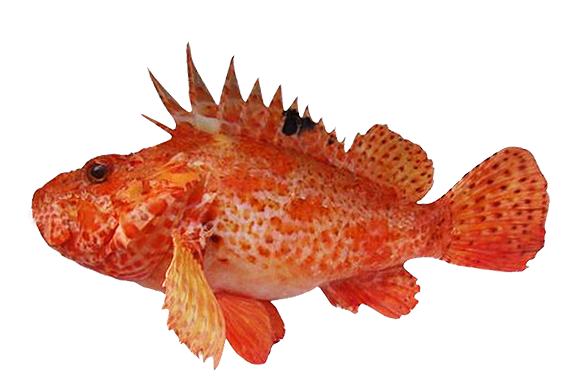Fishing lines represent a type of fishing that is not carried out very much at professional level, even though they can sometimes guarantee appreciable results. These tools are mostly used in the south, alternating them with gill net tools or longliners. Unlike other similar tools (longliners), lines imply the fisherman's presence and continuous control.
Fishing lines are divided, by the ways in which they are used, into: handlines and hand-operated pole lines, handlines and mechanised pole lines and trolling lines.
The handlines and hand-operated pole lines are lines that are hand-held by the fisherman and are always under his control. They can be used with or without a pole and consist of a robust cable, of varying length and a ballast plummet.
Handlines and mechanised pole lines are lines with mechanised working through motorised rollers or spools. They can be used with or without a pole and consist of a robust cable, of variable length and a ballast plummet. Fishing poles themselves can be mechanised, with entirely automatic movement of the pole.
Trolling lines are lines, consisting of one or two hooks, towed by boats. The bait, due to the pulling effect, imitates the movement of a fish and deceives the predatory fish that bite. The lines can be hand-held or fixed to the boat.















































